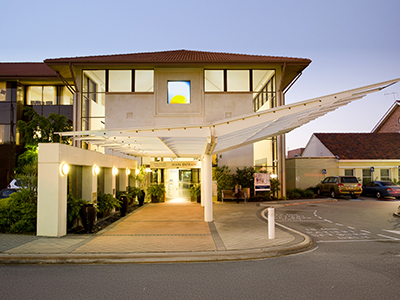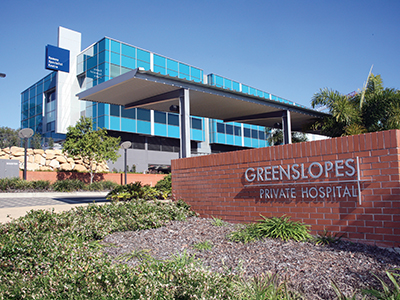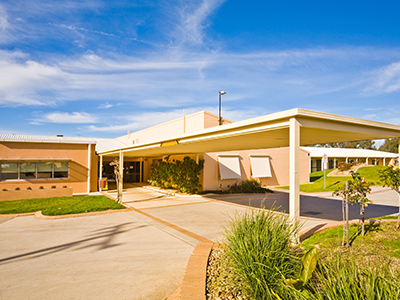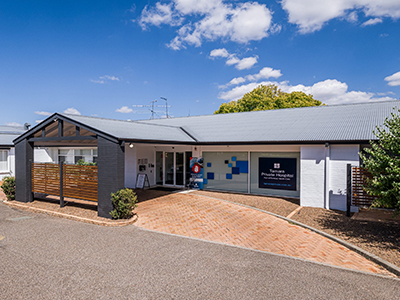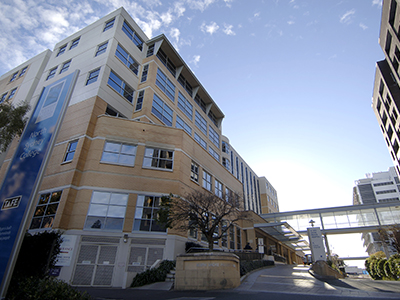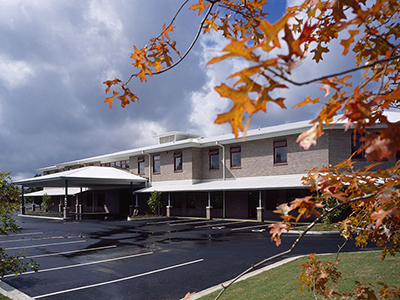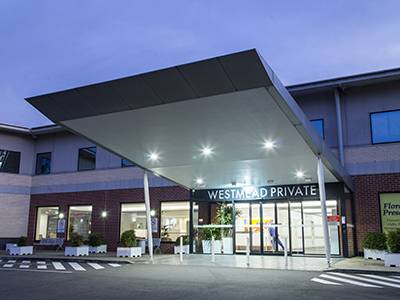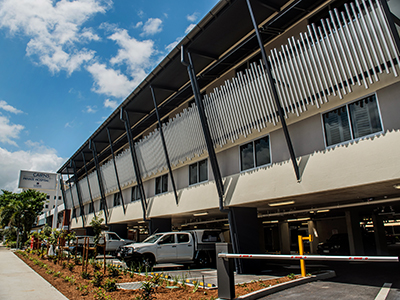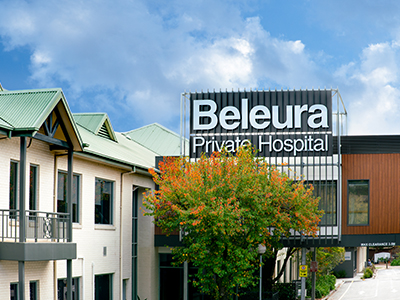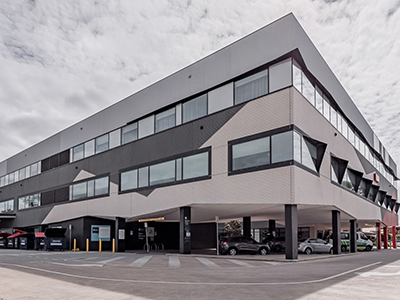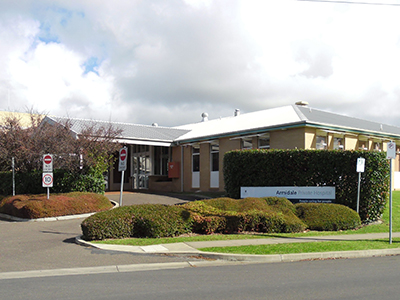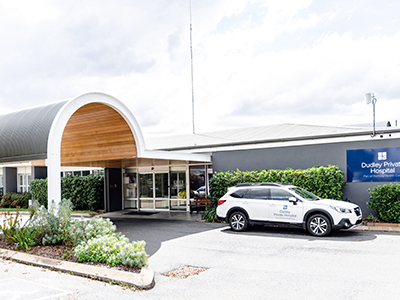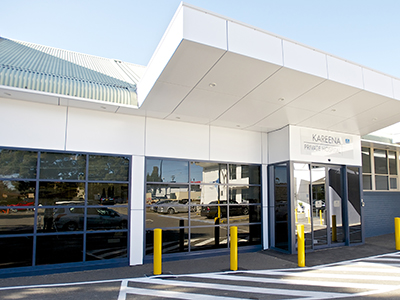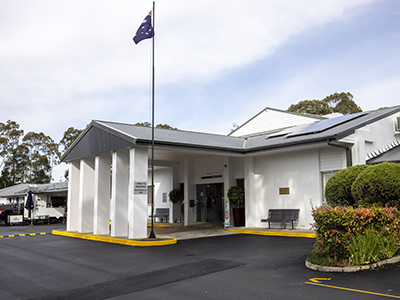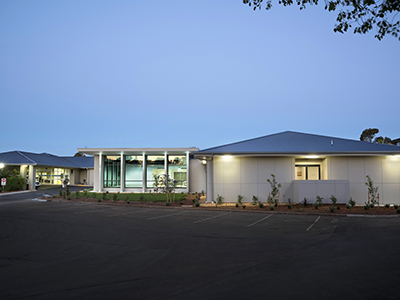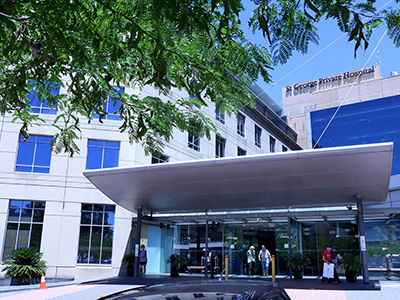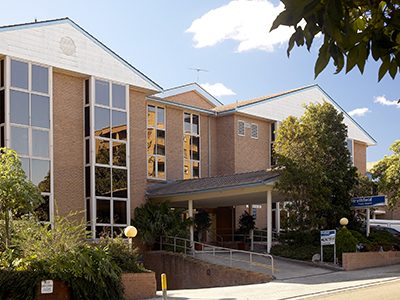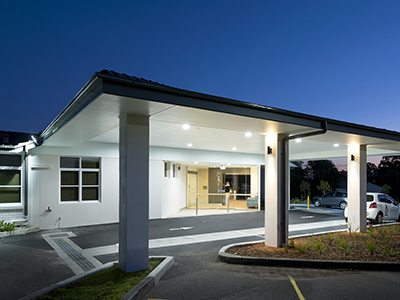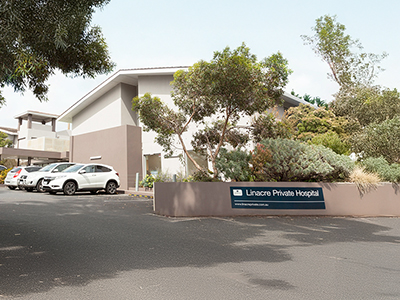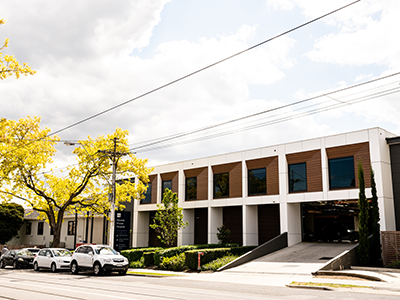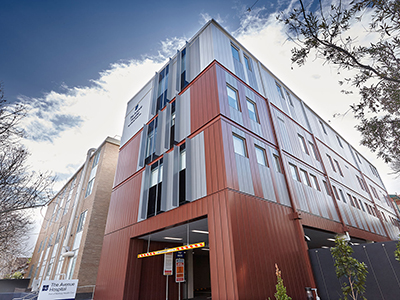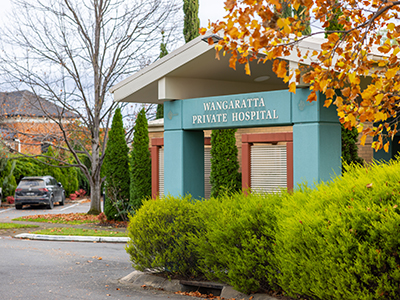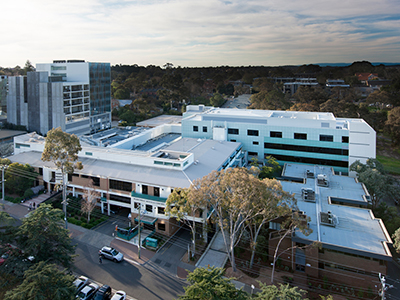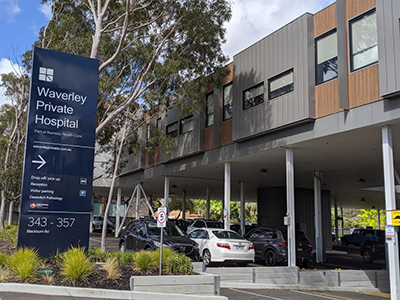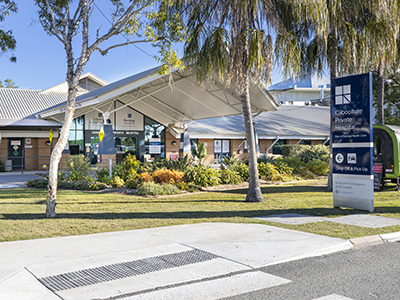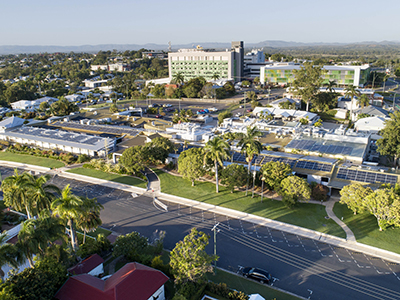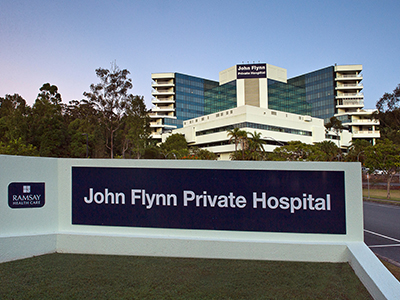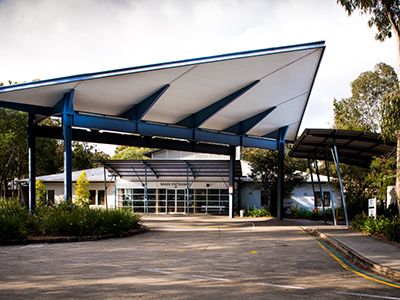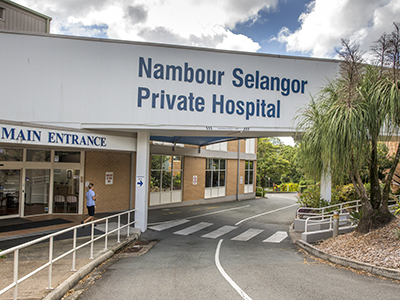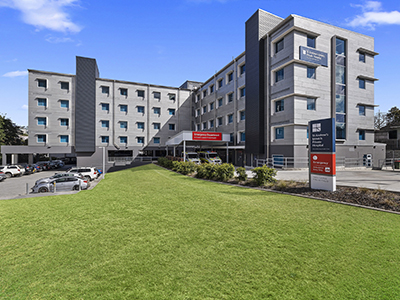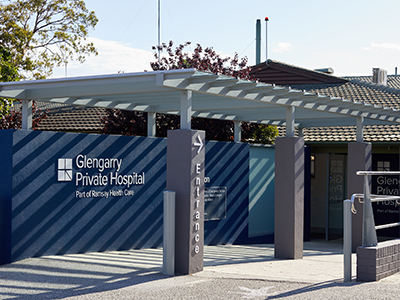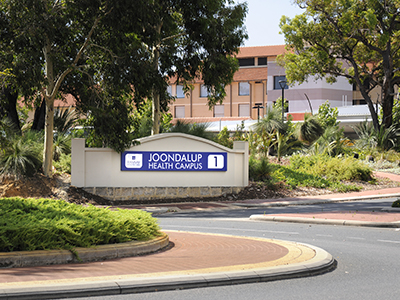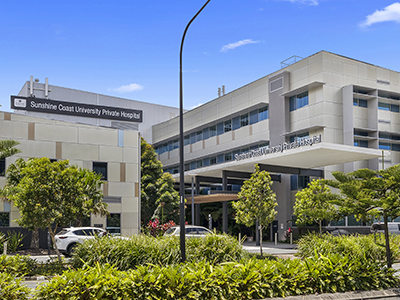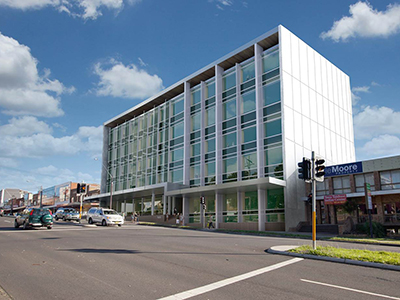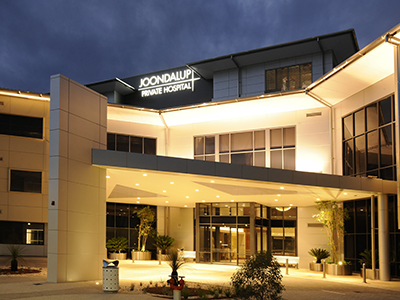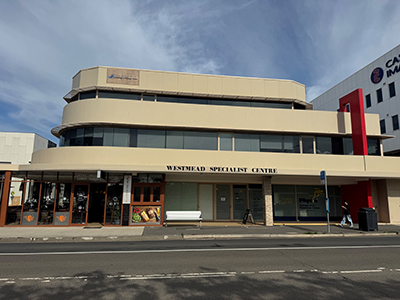Urology
Urology focuses on the diagnosis and treatment of conditions that affect the urinary tract and reproductive system. These conditions can impact your daily comfort and wellbeing but, with the right care, many can be effectively managed or treated.
At Ramsay Health Care, we understand that every patient’s situation is unique. Your care team will take the time to listen to your concerns and work with you to create a treatment plan that fits your needs and preferences.
With our holistic approach to health, you’ll also have access to a wide range of services and support – all in one place – to help you feel confident about your care and recovery.
Common conditions
A urologist may offer treatment and support for many different conditions. Here is a general guide to some of the most common. Click the plus sign (+) on the right side of any heading to expand and view more information.
Bladder disorders
These include problems like overactive bladder, or interstitial cystitis, a chronic condition causing bladder pain and pressure.
Kidney stones
Hard mineral deposits that form in the kidneys, causing pain and discomfort as they move through the urinary tract.
Male infertility and erectile dysfunction
Male infertility and erectile dysfunction (ED) are two conditions often linked as they can share similar underlying causes.
Pelvic floor issues
Weak or damaged pelvic floor muscles can lead to problems like urinary incontinence or pelvic organ prolapse, affecting both men and women.
Prostate conditions
Some of the most common prostate conditions are non-cancerous enlargement (BPH), prostate cancer, and inflammation.
Urinary incontinence
Urinary incontinence (UI) is the accidental loss of urine.
Urinary tract infection (UTI)
A common infection of the urinary tract. It typically occurs when bacteria enter the urinary tract through the urethra and can affect the ureter, bladder and kidneys.
Services overview
Urology care teams offer a wide range of services at Ramsay hospitals around Australia. Below is a general guide to some of the most common treatments available. Click the plus sign (+) on the right side of any heading to expand and view more information.
Benign scrotal surgery
There are numerous benign swellings and lumps that can occur in the scrotum. They are non-cancerous but can occasionally cause discomfort that requires treatment. If surgery is required, it is usually a day-surgical case where the wound is closed with dissolving sutures.
Circumcision
Surgery to remove the foreskin from the penis. This is usually performed when the foreskin is too tight (phimosis) or is susceptible to recurrent infections (balanitis).
Cystoscopy
A simple procedure that allows a doctor to look inside the bladder using a thin tube with a camera. It helps check for any problems, such as the cause of symptoms like frequent infections, blood in the urine, or difficulty passing urine.
Nephrectomy (kidney removal)
Most commonly performed to treat kidney tumours.
Removal of kidney stones (renal calculi)
There are a number of techniques used to remove urinary tract stones no matter their position.
Transurethral resection of bladder tumour (TURBT)
One of the first lines of surgical treatment for bladder cancer.
Transurethral resection of prostate (TURP)
A type of surgical intervention aiming to relieve symptoms caused by an enlarged prostate.
Vasectomy
- Bilateral vasectomy: A procedure where the tubes (vas deferens) that carry sperm from the testicles are sealed or tied. This stops sperm from mixing with semen, making it a permanent form of contraception.
- Vasectomy reversal: A procedure to rejoin the tubes that were sealed or cut during a vasectomy, which may restore fertility.
Ramsay Newsroom
Stay up-to-date with hospital news, developments, research highlights and innovation.
